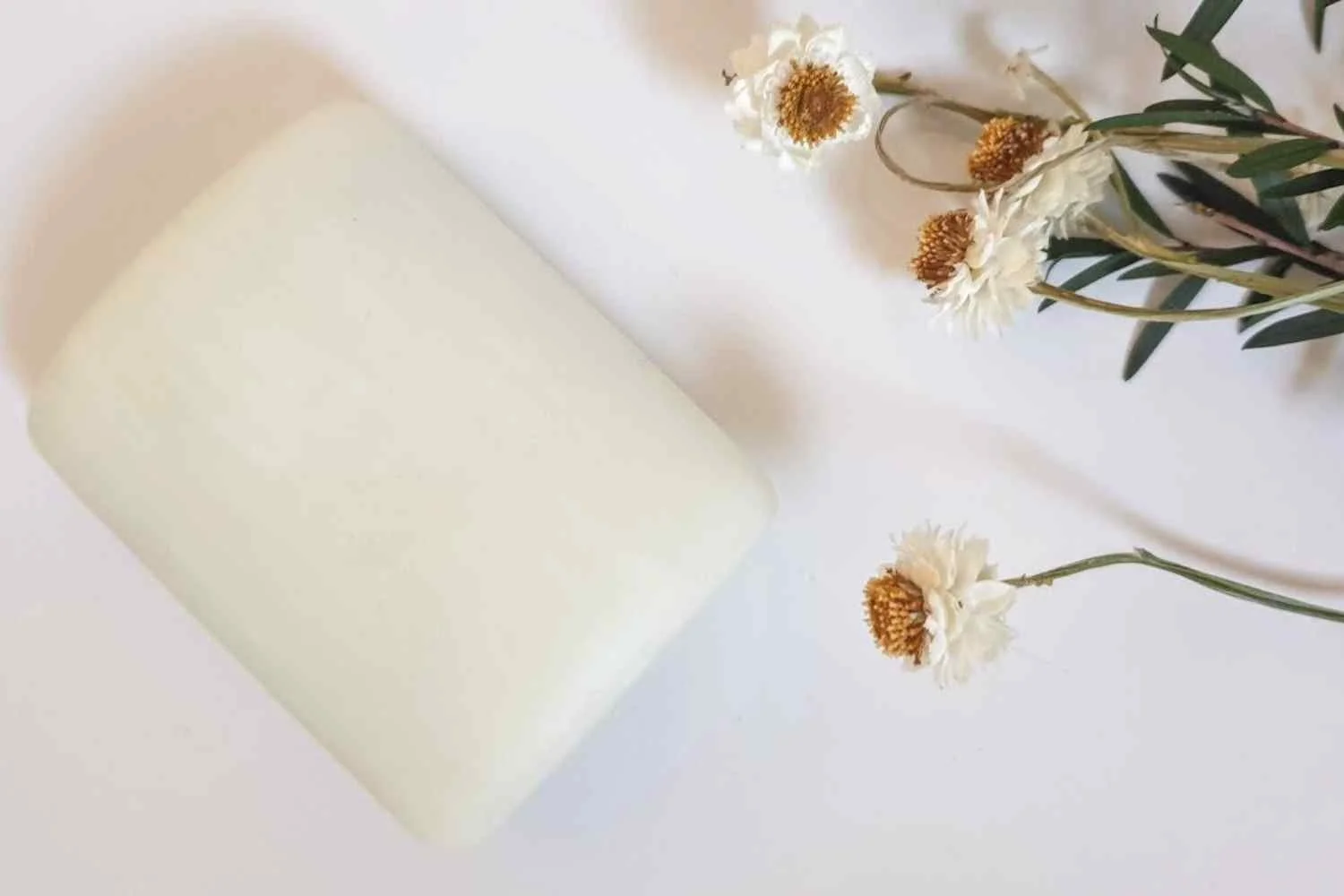3 Ways To Start A Sustainable Lifestyle
If you’re new to green living, you may wonder how to start creating a sustainable lifestyle. This guide for beginners will teach you three ways you can become more eco-friendly at home
This site is reader funded and uses affiliate links at no cost to you.
Working out how to create an eco-friendly lifestyle when you’re a complete beginner can make you want to pull your hair out.
I know this because I’ve been there (and still regularly want to pull my hair out at the state of the world).
Beginning a sustainable lifestyle doesn’t have to be complicated though.
Go at your own pace. Don’t do too much at once and get stressed out.
And if you get stuck, reach out.
If you don’t know what all the different terms mean, like “zero waste” or “environmental justice,” check out my Sustainable Living 101 guide.
Ready to get stuck in? Keep reading to learn three ways to start a sustainable lifestyle now.
COMING UP
What is an eco-friendly lifestyle?
How do I start being eco-friendly?
Why is individual action important?
Three ways for beginners to start a sustainable lifestyle
What is an eco-friendly lifestyle?
An eco-friendly lifestyle is all about making choices that work with nature, rather than against it. It involves reducing the impact of your home, your travel, and every product that you buy.
To protect the environment, we need to think about the whole lifecycle of the products we buy, not just the waste.
Many beginners have found reducing their single-use plastic is a simpler place to start.
But as you learn more, you get used to asking questions before buying stuff.
Where was the product made? Has it travelled far?
Who made the product? Does the brand check its supply chain for abuse?
Were the ingredients grown responsibly and without toxic pesticides?
Were the farmers of individual ingredients paid a fair wage?
When you’re new to green living, it can be overwhelming trying to find all this information. Most people simply don’t have the time.
That’s why I made this blog… I spend so much time researching products, that it just made sense to share the information with others who hold the same values.
If there’s a specific product you’d like me to investigate, let me know in the comments and I’ll add it to the list!
How do I start being eco-friendly?
If you want to start being more eco-friendly, you need to work out what areas in your lifestyle have the biggest impact on the environment.
The best way to do this is:
A bin audit so you can reduce your waste
Switching from single-use to reusable products
Calculating your carbon footprint and reducing your impact
Keep reading for a step-by-step guide and begin creating a sustainable lifestyle that works for you.
Why is individual action important?
An eco-friendly lifestyle consists of lots of individual changes.
Often individual action feels small, and you might wonder if it is really that important. It’s a valid thought that most of us have at some point.
The fact is, that corporations are responsible for the horrific damage that has been done to the environment. They exploit both people and the planet because their greed has no limit.
As the governments are not holding them accountable, they continue to cut down forests, frack fossil fuels, and mass-produce an obscene amount of products.
It might seem like individuals don’t have the power to fight back, but that’s not true.
This is not an individual movement. It’s a collective and there are millions of us.
In 2018, over 1 million volunteers picked up 100 million pieces of plastic on International Coastal Cleanup Day.
In 2022, 140 million people signed up for Plastic Free July.
In 2023, 600,000 people protested against Fossil Fuels
In 2018, 35,500 individuals took part in UK beach cleans for the non-profit Surfers Against Sewage.
As you can see, we are not just individuals, we are a collective of people trying to create a more sustainable future.
But we cannot create an eco-friendly society until we all take a serious look at our own lifestyles and stop funding the greedy corporations destroying the planet.
The more of us that get involved, the more pressure big brands will be under to make changes to their businesses.
Three ways for beginners to start a sustainable lifestyle
An eco-friendly lifestyle can seem daunting to beginners.
An eco-friendly lifestyle is going to look different for everybody because we all have different circumstances, abilities, values and strengths.
That’s why I’ve listed three different ways to create an eco-friendly lifestyle. To keep it simple for you, I’ve broken them down into short step-by-step guides.
The three methods are:
A bin audit
A room-by-room audit
Reducing your carbon footprint
You don’t need to do them all, just choose the one that makes the most sense for you.
Method 1: A bin audit
A bin audit (called a trash audit in America) is a popular way for you to start an eco-friendly lifestyle because it makes you aware of what you waste at home.
It's not as complicated as it might sound, and I will guide you through it step by step.
Some people use gloves and literally just sort through their bins at the end of the week (usually this is people with a food waste collection service).
However, I’m going to show you a less messy way to count your rubbish.
It’s called “the write it down as you go method.”
Yeah, I just made that up, but we really are just going to make a list as we throw stuff away.
I like to keep things simple!
Follow these three steps to complete a bin/trash audit.
STEP 1 - Get materials
All you need for this is a pen and paper. You can stick it to the wall or the fridge, or if you’ve got space you could add it to a clipboard. Do what works best for you.
Personally, I need to see it to remember to do it!
If you’ve got more than one bin, like in the bathroom, it might be more convenient to add a list by each.
STEP 2 - Start counting
Each time you throw something in the bin, write it down on the list. I found it easiest to do a tally chart to make it simpler to count at the end.
STEP 3 - Analyze the results
Usually, people do the bin audit for a week, but you could do it for a fortnight if you want to see how much you fill your black wheely bin up (or whatever length of time goes by before your waste is collected).
Merge all your lists and work out the final total of each item. This will show you the items you waste the most in your home.
Ask yourself:
Can any of this be recycled instead?
Could anything have been avoided altogether?
What can I reduce that will make the biggest impact?
What is the easiest thing to reduce on the list?
STEP 4 - Make goals
Now that you know what you waste the most of, decide which positive changes you want to make first.
These could include buying in bulk to reduce packaging, composting food scraps in your garden, and reducing single-use plastics in the kitchen or bathroom.
It’s best to use up the plastic items you already have, like cling film or personal care products, before you buy eco-friendly alternatives.
By doing this, you will have time to do research and spread the cost of any reusable products out.
Pros and cons of a trash audit
Doing an eco-friendly trash audit has lots of benefits. It allows you to see exactly what you’re wasting in your home and make positive changes to reduce it.
A bin audit doesn’t work for everyone though. If you live with your parents or in student housing, the other people might not be on board with it.
You might also keep forgetting to add to the list. If this is the case, check out my other methods for getting started with an eco-friendly lifestyle.
Method 2: Do a room-by-room audit
A simple way to start creating a more sustainable lifestyle is to choose 1 room in your house and start there.
Reducing your waste can be overwhelming. We live in a throwaway society so it's “normal” to have a house full of single-use plastic.
It’s really important not to stress yourself out by trying to change too much at once.
STEP 1: Choose a room
The room you choose first will really depend on you as an individual. Here are some things to consider with each area in your house:
Bathroom - The bathroom is a good room to start in because there are so many consumable products, like shampoo and toilet rolls.
The Ultimate List Of Plastic-Free Swaps For Your Bathroom
Kitchen - So much waste comes from food and drink packaging so choosing the kitchen can have a big impact. This is better for people who enjoy cooking and are able to make meals and snacks from scratch. There are also a lot of single-use items in the kitchen, like kitchen roll (paper towels) and cling film.
Bedroom - Clothing and beauty products have a huge environmental impact, so this is another good place to start making positive changes when you need something new.
10 Skincare Brands Without Microplastics
Sustainable fashion and jewellery
Utilities - Cleaning and laundry products often come in plastic and contain a lot of toxic ingredients that pollute the air and ocean. Here are some posts you might find useful:
STEP 2: List the single-use items in the room
Once you’ve chosen a room to make more eco-friendly, it’s time to start planning.
Stand in the room and look for all the items that you will use up and replace, like toothpaste or sandwich bags.
Consumable items often come in plastic packaging, so they are a good way to start reducing your waste.
It can be helpful to write down what you want to replace. You could use a notebook or the notes app on your phone.
STEP 3: Plan eco-friendly replacements
Once you know what needs replacing in the room you’re making eco-friendly, the next step is to find alternatives to each product. I recommend making one or two changes at a time based on what you need first.
LOOK FOR: eco-friendly packaging (e.g. recycled cardboard), reusable items you only need to buy once (e.g. period underwear), or refillable items.
For example, if you buy plastic bottles of handwash, the alternative could be to find a handwash refill or swap to a bar of soap. If you use disposable razors, you may want to look into a reusable one.
It helps to do research in advance and work out what you want to buy, but remember to finish using what you have already before starting a new product.
WHERE CAN I BUY ECO-FRIENDLY LIFESTYLE PRODUCTS?
When shopping for eco-friendly lifestyle products, I’d recommend shopping with a small sustainable business (so not Amazon), ideally where you can get most of it in one place to avoid multiple postage fees.
If you’ve got a zero waste shop near you then that’s useful because the staff should be able to give you advice on products. It’s also important to support local businesses.
If this is not accessible to you, check out my ethical alternatives to Amazon list for my favourite sustainable retailers in the UK, USA, and Australia.
Method 3 - Reduce your carbon footprint
Creating less plastic waste is only one part of making your home more eco-friendly. Reducing your carbon footprint is another important action you can take.
This option is ideal for people who are struggling to swap to reusable products for financial reasons because it can actually save you money.
Your carbon footprint refers to how many greenhouse gases your lifestyle produces. Greenhouse gases (like carbon and methane) are what is causing the climate crisis.
Collectively (and thanks to corporations) humans are producing way too many of these greenhouse gases and the planet is now too hot. This is causing extreme weather, melting sea ice, and ocean acidification.
There is no better time to start reducing your carbon footprint than today! Here’s how to get started:
STEP 1: Calculate your footprint
Use a carbon footprint calculator to help you work out the areas of your lifestyle with the biggest environmental impact.
Here are three carbon footprint calculators that have no email signup required:
United Nations calculator - straightforward and clear but requires specific details you’ll need to go and find out, like annual mileage and size of your house
WWF calculator - easiest to fill out as it’s less detailed but gives a basic idea of your lifestyle impact (click on each section under “your breakdown” for tips to reduce your footprint.
Global Footprint Network - visual, infographic-style
STEP 2: Choose the area to improve
Once you’ve got your results, you can work out the parts of your lifestyle that have the biggest environmental impact and go from there.
This will tell you whether your food, travel or energy has the biggest carbon footprint.
There may be some things you can’t change and it’s best not to stress about them.
For example, if you need to drive to work and public transport isn’t accessible to you and there’s no one to carpool with, then just move on to the next change.
Remember, we’re aiming for imperfect sustainable living.
STEP 3: Reducing your energy
Fossil fuels are bad because they are causing climate change, yet most of the world’s energy still comes from oil, gas, and coal.
Choosing a renewable energy provider and reducing your energy bills is an impactful way to start an eco-friendly lifestyle.
It's worth checking out whether your energy provider is ethical. All of them say they have a green tariff, but if you check the fuel mix, they still use coal and other fossil fuels.
This means any statements calling themselves 100% green or suggesting it’s renewable energy going to your home is misleading. Your energy comes from the national grid which is a combination of all types.
For more information about green energy providers, check out Ethical Consumer Magazine’s guide.
Introducing small habits to reduce your energy is probably something you’re already doing, especially if you’re in the UK thanks to the cost of living crisis. However, there may be some small actions that could further reduce your energy use.
3 top tips for reducing your energy:
Wash clothes in cold water - appliances using water use the most energy when heating up water
Turn off electronics when not in use - standby still uses power
Change to LED lights - this can reduce your energy bills by up to £60 a year
Want to learn more about being eco-friendly?
It’s wonderful that you want to start being eco-friendly. Let me know in the comments which method works best for you!
Before you go… it’s really important that you remember a sustainable lifestyle can look however you want it to. There’s no “right” way to be sustainable. It depends on your circumstances and what you feel able to do.
We need lots of people with imperfect sustainable lifestyles. Nobody can do it all. Nobody is completely zero waste. Everyone has plastic in their homes. Please don’t stress yourself out by trying to do more than you’re able.












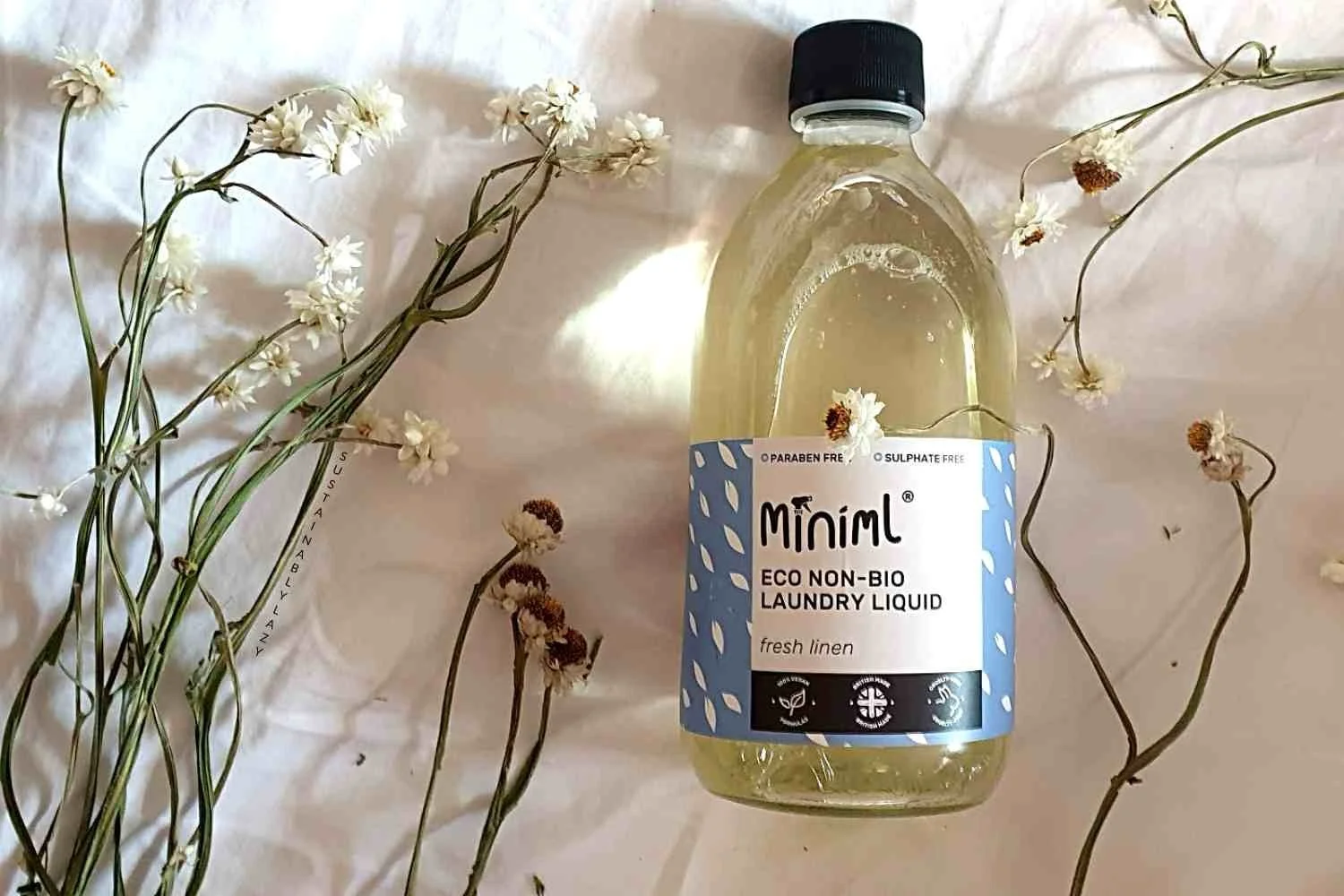
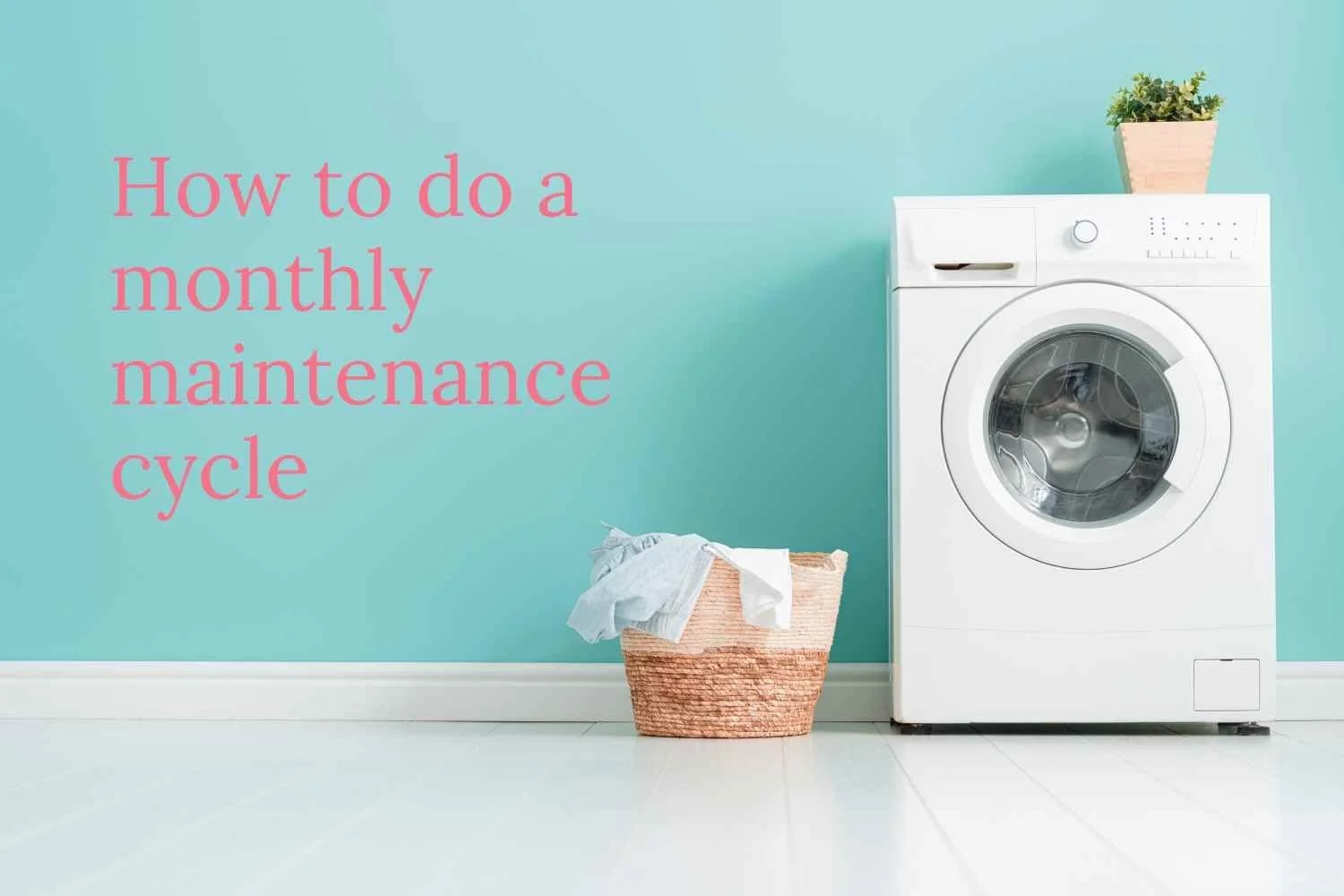

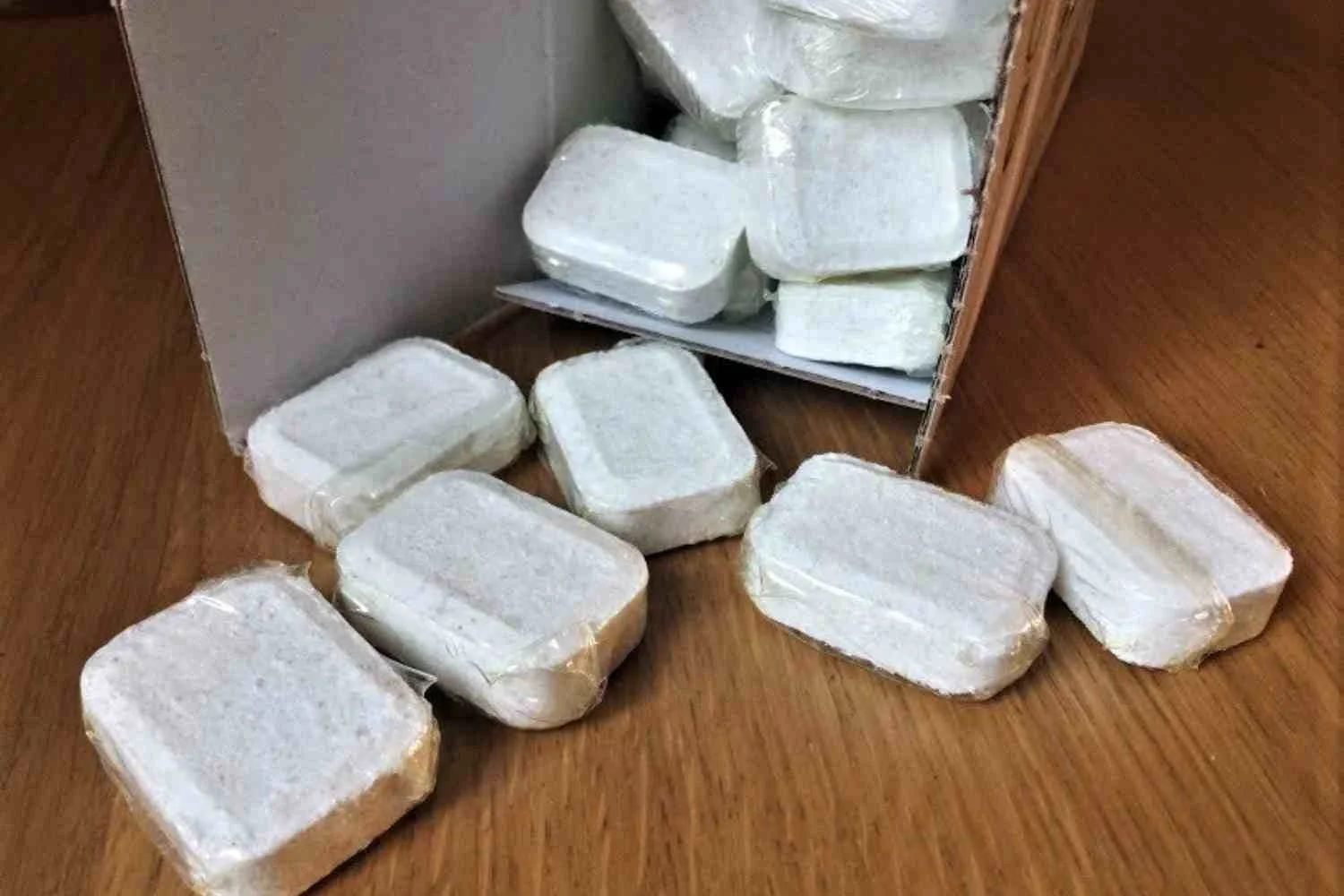
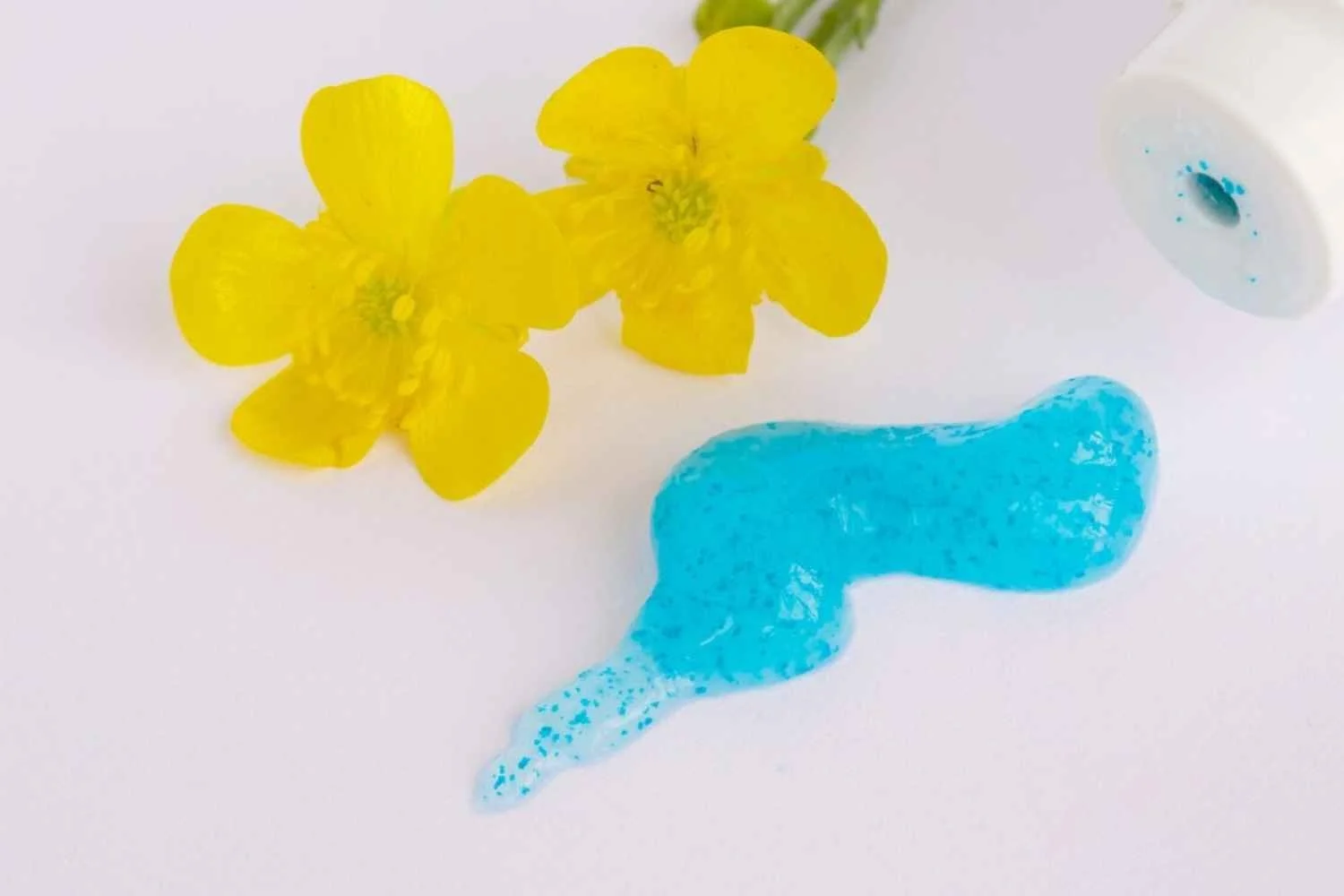

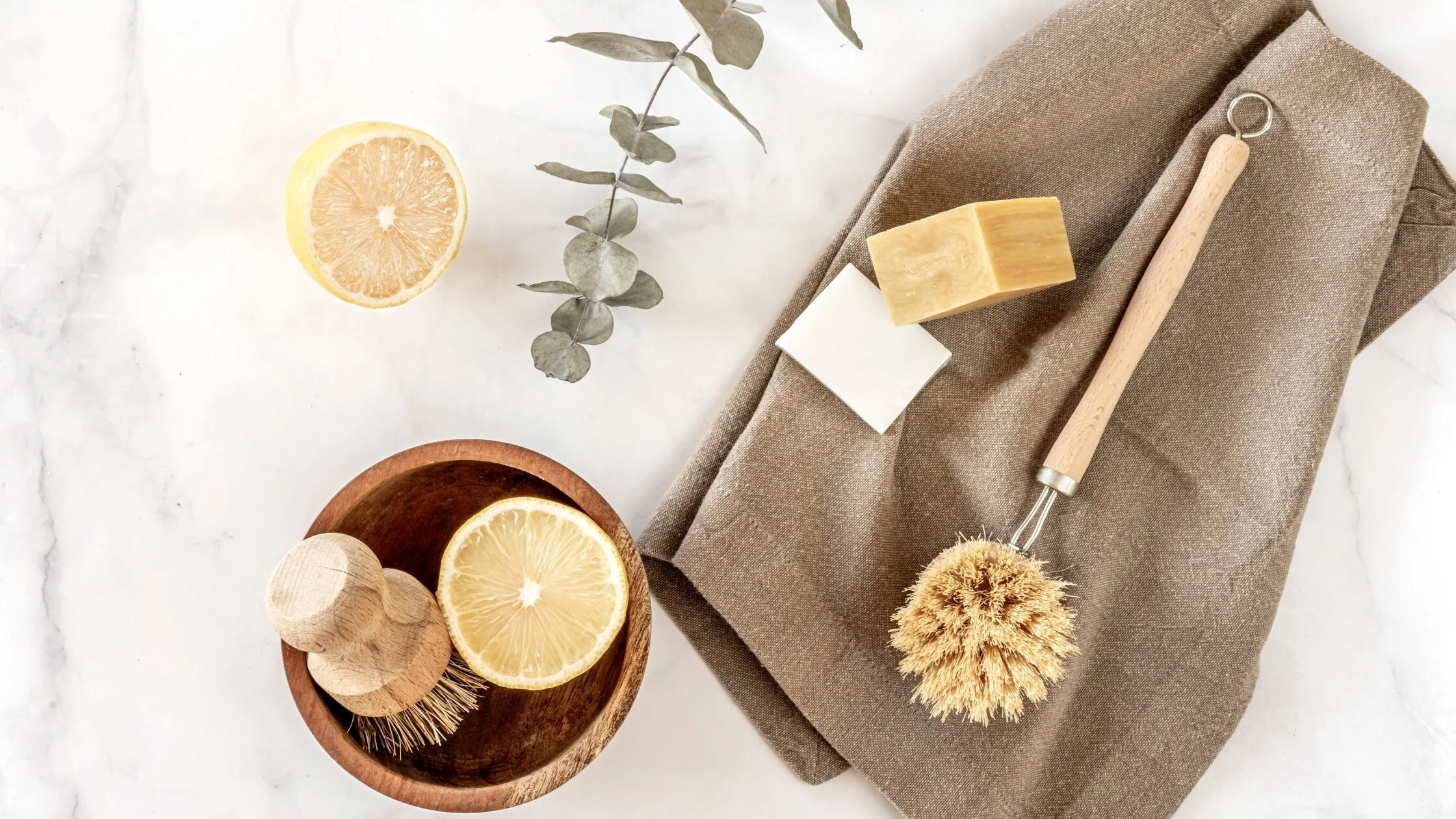



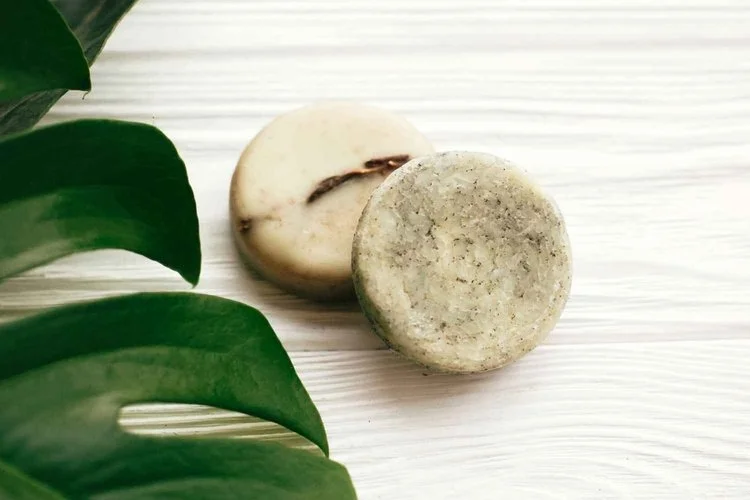


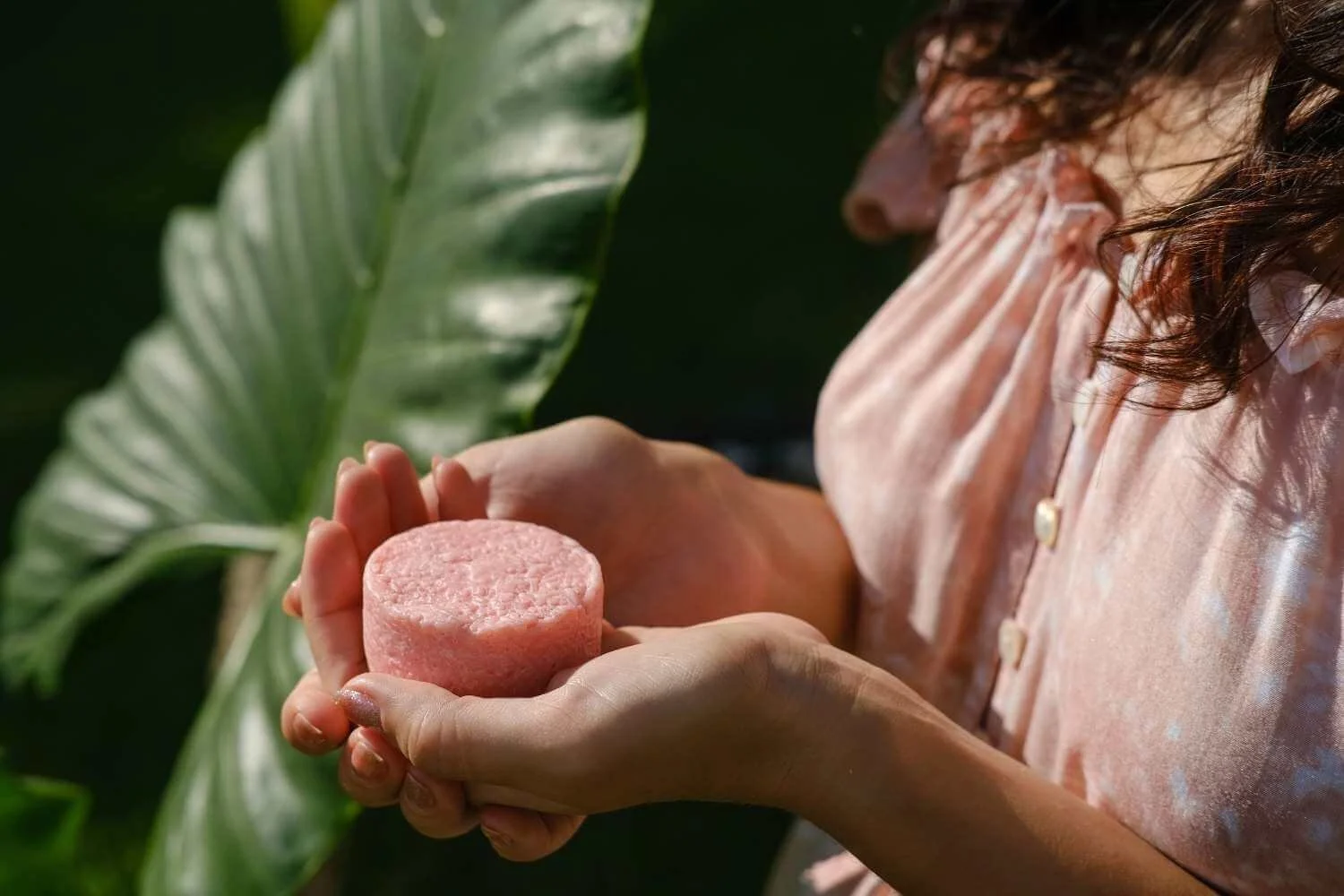
![WILD Sensitive Deodorant Review [Bicarbonate-Free]](https://images.squarespace-cdn.com/content/v1/5bb8cd5aa09a7e4c80cb9fd8/1741181374538-FVLS9TZVADOZA5JE2T9L/water%2Bwaste%2B%282%29.jpg)
